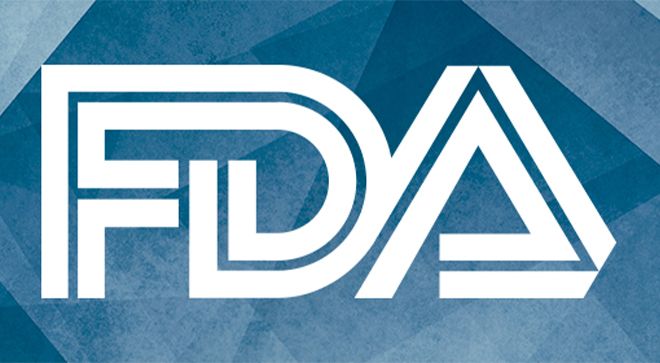Osimertinib Combo Under Priority Review for EGFR+ Locally Advanced/Metastatic NSCLC
The FDA has granted priority view to osimertinib plus chemotherapy based on data from the phase 3 FLAURA2 trial.
Osimertinib Combo Under Priority Review for EGFR+ Locally Advanced/Metastatic NSCLC

The FDA has granted priority review to the supplemental new drug application (sNDA) for osimertinib (Tagrisso) plus chemotherapy, according to AstraZeneca, the agent’s manufacturer. The combination is being considered as a treatment for patients with EGFR-positive locally advanced or metastatic non-small cell lung cancer (NSCLC).
Under the Prescription Drug User Fee Act, the FDA is expected to make a regulatory decision in early 2024.
“The FLAURA2 results reinforce [osimertinib] as a backbone of standard of care in first-line EGFR-mutated NSCLC, providing patients with an additional 9 months of median PFS [progression-free survival] when combined with chemotherapy,” Susan Galbraith, executive vice president of Oncology R&D at AstraZeneca, stated in a news release. “This option is particularly important for patients with a poorer prognosis such as those with brain metastases. We look forward to working with the FDA on an accelerated timeline to bring this treatment regimen to patients as quickly as possible.”
Efficacy Data From FLAURA2
The decision to grant the combination priority review follows the presentation of data from the phase 3 FLAURA2 trial (NCT04035486) during the International Association for the Study of Lung Cancer (IASLC) 2023 World Conference on Lung Cancer (WCLC). In this trial, patients who received osimertinib with chemotherapy were 38% less likely to have disease recurrence or die than those who received osimertinib alone (HR, 0.62; 95% CI, 0.49-0.79; P < .0001).
Investigator assessments showed that the median PFS was 8.8 months longer in the combination arm compared with osimertinib alone. In a blinded independent central review, osimertinib plus chemotherapy was associated with a PFS that was 9.5 months longer (HR, 0.62; 95% CI, 0.48-0.80; P = .0002).
Of note, the risk of disease progression or death was reduced in all of the prespecified subgroups, including patients with central nervous system (CNS) metastases. Among those with CNS involvement, the dual therapy reduced the risk of progression or death by 53% vs osimertinib monotherapy (HR, 0.47; 95% CI, 0.33-0.66). The median PFS in this subgroup was 11.1 months longer in the combination arm.
Treatment With Osimertinib
Osimertinib is a third-generation, irreversible EGFR TKI that has demonstrated its capability to produce responses in NSCLC—including those with CNS involvement. To date, nearly 700,000 patients with EGFR-positive NSCLC have received osimertinib, in either 40mg or 80 mg tablets, across multiple disease stages.
In 2020, osimertinib was approved as a monotherapy to treat patients with early-stage NSCLC in the adjuvant setting. Since then, it has been considered the first-line standard of care for this setting.
There a number of phase 3 trials seeking to understand the potential benefit of incorporating osimertinib into earlier treatment lines. These include the ADUARA2 trial (NCT05120349), which includes patients with Stage IA2-IA3 disease in the adjuvant resectable setting; the NeoADUARA trial (NCT04351555), looking at neoadjuvant osimertinib with or without chemotherapy in EGFR-mutated resectable NSCLC; and the LAURA trial (NCT03521154), which is assessing the effect of osimertinib following chemoradiation in patients with stage III, unresectable, NSCLC.
Reference
- Tagrisso plus chemotherapy granted priority review in the US for patients with EGFR-mutated advanced lung cancer. News release. AstraZeneca. October 16, 2023. Accessed October 16, 2023. https://www.astrazeneca.com/media-centre/press-releases/2023/tagrisso-plus-chemotherapy-granted-priority-review-us-patients-egfr-mutated-advanced-lung-cancer.html


